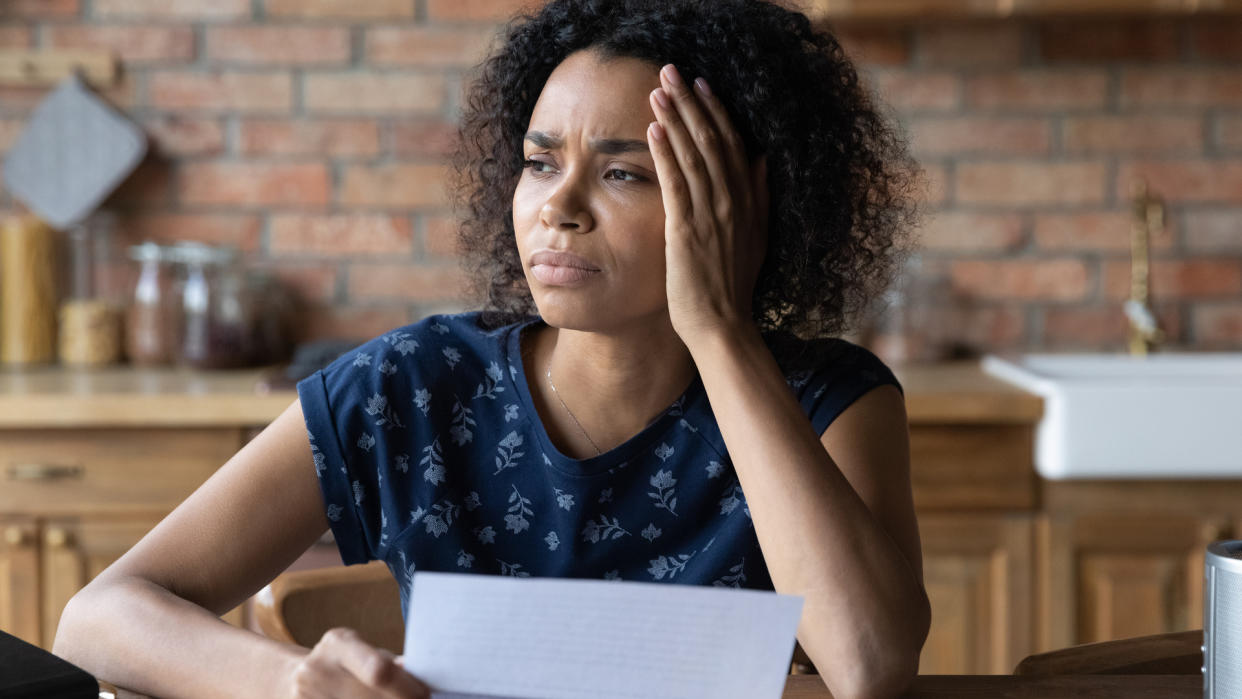Bankruptcy: What To Do Before, During and After Filing

Personal bankruptcy is a legal process that allows people to discharge unpayable debts by liquidating assets to pay their creditors or by entering into a court-approved plan to repay them.
Tips: 7 Financial Habits That Improve Your Daily Life
Find Out: 50 Ways You’re Throwing Money Away
Despite the social stigma that surrounds it, bankruptcy does not make you a deadbeat or a failure — the process was designed to give well-intentioned debtors a second chance while being as fair as possible to their creditors.
Declaring bankruptcy has long-term legal consequences and it puts your name in the public record. It’s terrible for your credit — which is probably already in bad shape by this point — and it can be harmful to your co-signers.
That said, it provides a path to financial rehabilitation and it doesn’t last forever. Debt.org wants you to think of bankruptcy as a scab, not a scar — something that’s ugly for a while, but that eventually heals.

Learn Before You File
There are many different kinds of bankruptcies and many reasons for filing, and before you make a move, you have to learn which kind of bankruptcy protection is right for each situation.
According to Debt.org, bankruptcy might be something to consider if:
Your mortgage is underwater and you’re in danger of foreclosure.
You’re getting divorced.
You’re being sued by creditors.
You can only pay for things with credit cards and you’re using credit cards to pay off other credit cards.
You’re considering withdrawing money from a retirement account to meet immediate expenses.
POLL: Where Have You Cut Back Most Because of Inflation?
There are different types of debts and different types of bankruptcies
You can’t wipe out debts for things like child support, alimony, debts to government agencies, some tax debt, and court fines, penalties and debts for personal injuries related to a DWI.
According to Forbes, most bankruptcies are either Chapter 7 or Chapter 13. Chapter 11 usually deals with businesses, but some individuals like sole proprietors can pursue this course, as well. Chapters 9, 12 and 15 are mostly for specific entities like municipalities, school districts and farms.
Chapter 7: The fastest type of bankruptcy, Chapter 7 liquidates a debtor’s assets to pay creditors. Beyond that, there is no repayment plan. This option is open only to lower-income debtors.
Chapter 13: This type of bankruptcy protects some of a debtor’s assets — including their home — but includes a repayment plan, which usually stretches out for three to five years.
Understanding the pre-bankruptcy process
According to the Office of the U.S. Courts (USC), all individuals filing for bankruptcy must complete pre-bankruptcy credit counseling and pre-discharge debtor education before any debts can be discharged. You must obtain a pre-bankruptcy credit counseling certificate of completion before you file and a debtor education certificate of completion after you file — they can’t take place at the same time. Many nonprofits offer these courses for free.
What To Expect When You File
Filing should always start with a consultation with a lawyer who specializes in bankruptcy. If you can’t afford legal counsel, USC suggests starting with the American Bar Association’s Legal Help website or the Legal Services Corporation.
All bankruptcy cases are handled in federal court — you or your attorney will have to submit a petition to your local bankruptcy court to get the process started. In order to file, you’ll have to submit a heap of documents, including proof of income, tax returns and bank and mortgage statements.
Then, the debtor enters into what’s called a 341 meeting with creditors and a court-appointed trustee. In 341 meetings, debtors answer questions under oath about their financial situation and their ability to repay their debts.
It takes several months to several years for the court to render its judgment and for your debts to be discharged, but, according to Forbes, you will enjoy some immediate relief. For example, as soon as you file, creditors are forbidden from calling, writing or embarking on any other attempt to collect what they say you owe.
Life After the Judgment
Once the court proceedings are finalized, it’s time to complete your pre-discharge debtor education course and obtain your certificate. No debts can be wiped until you do.
At that point, you’ll work with your impartial court-appointed trustee to begin adhering to the agreements made during the proceedings. If you filed for Chapter 7 bankruptcy, you’ll work with the trustee to liquidate your nonexempt assets. If you filed for Chapter 13, you’ll begin making your agreed-upon payments to the trustee for remittance to your creditors, unless the repayment agreement was based on payroll deductions.
Either way, debtors should get used to living on a fixed budget for a prolonged period of time. During that time, you should expect it to be difficult and expensive to borrow money. That’s because Chapter 7 bankruptcies stay on your credit report for 10 years and Chapter 13 bankruptcies stay on your record for seven years.
It will be a tough run, indeed, but after a decade or less, you’ll be back to neutral or better and on the road to financial recovery.
More From GOBankingRates
This article originally appeared on GOBankingRates.com: Bankruptcy: What To Do Before, During and After Filing
